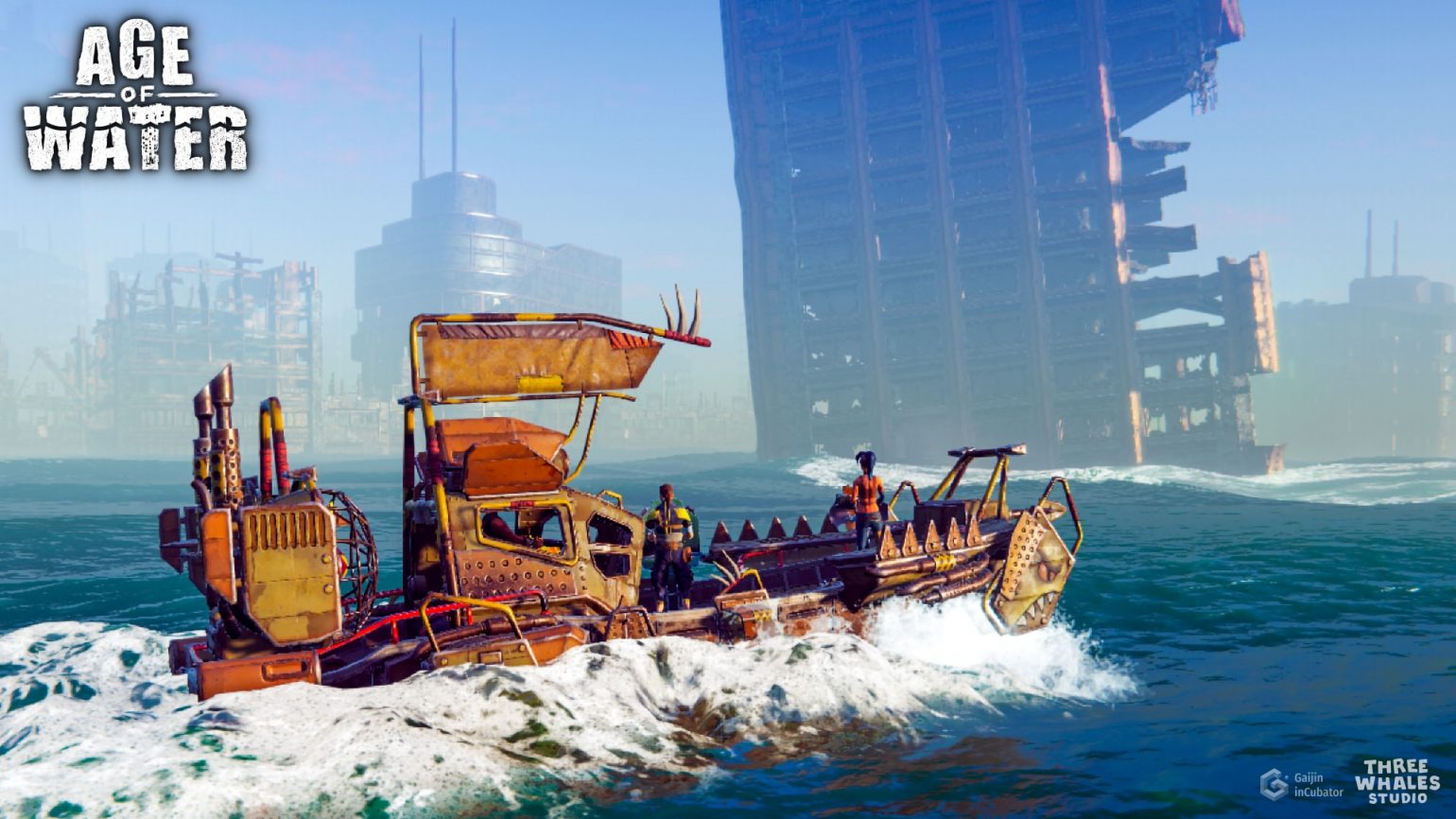
Water in the Great Artesian Basin moves at a rate of 1–5 metres per year through porous rock formations. Water age is measured by the concentration of environmental ‘tracers’, both man-made and natural.ĭalhousie Springs in Witjira National Park, northeastern South Australia, is a natural discharge point for Great Artesian Basin water. So how do scientists try to date water – and why do they bother? Praise for pollution “It’s not an accurate science as such, but you can say that 10% is five years old, 20% is 13 years old and so forth,” says hydrogeologist Dr Ilka Wallis, from Flinders University in Adelaide.

Which means working out the age of water requires a slightly different way of thinking about the dating process: that glass of water you’re sipping might be 100,000 years old, two years old and 156 years old all at the same time. That means the oldest Australian groundwater tested to date began trickling into aquifers around the same time as the first hominids were tiptoeing out of Africa.īut unlike the remains of those early humans, whose fossilised existence is trapped in static rock, water moves.


Australia is an ancient country, geologically speaking, and its groundwater aquifers reflect this: water in the Murray-Darling Basin has been dated to as old as 200,000 years, while some reservoirs in the Great Artesian Basin are thought to be nearly two million years old.


 0 kommentar(er)
0 kommentar(er)
